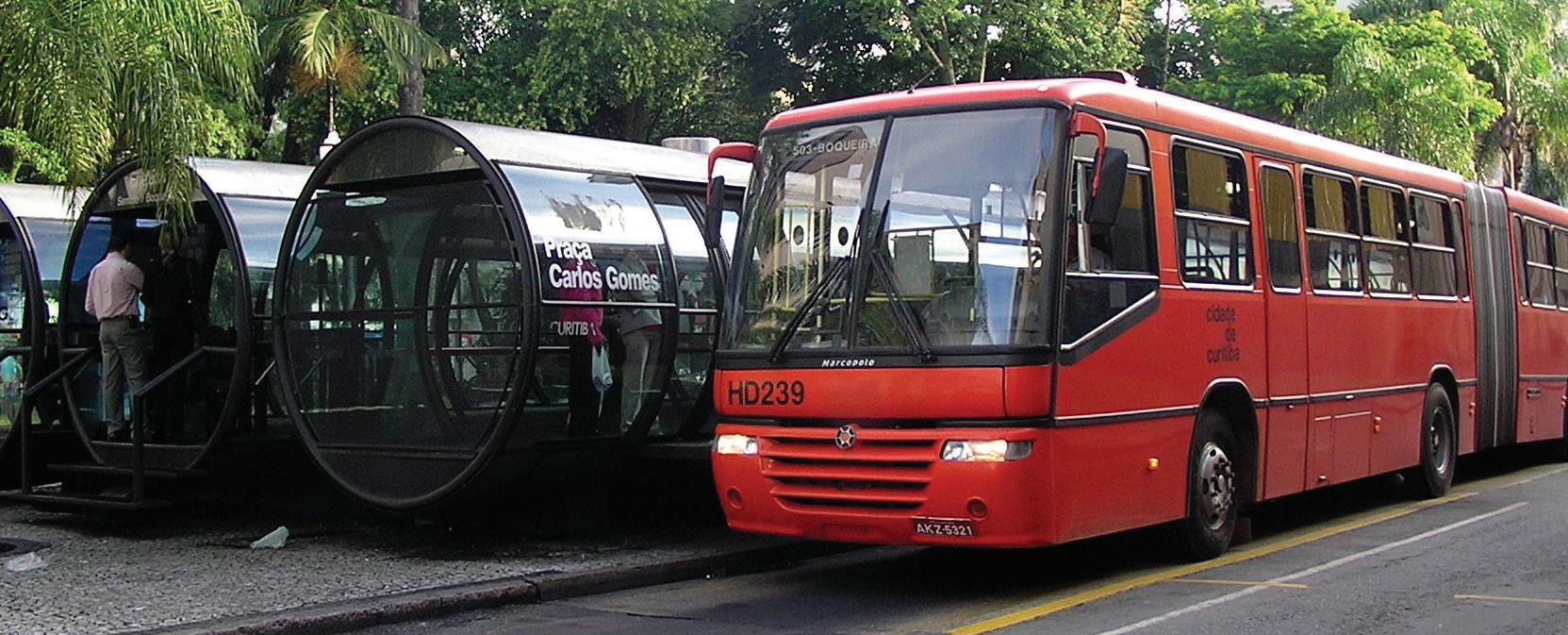
3 minute read
Greenbelts p
Student:
Alejandra Pathé-Pastor
Advertisement
Study:
Greenbelts: Controlling Urban Sprawl
Keywords:
ecology, city-scale
A greenbelt is a policy to prevent urban sprawl and protect the environment and natural resources by keeping land permanently open. Urban green belts provide both lungs for urban centers, and they also act as sponges of carbon dioxide. They are especially useful in coastal cities where they can help reduce erosion and the risks of flooding by stabilizing soil and slowing runoff. Not only this but they protect biodiversity and act as protection for wildlife.
The effectiveness of greenbelts is evaluated by making a calculation of social costs, and social benefits, and comparing these two. If the benefits outweigh the costs, the greenbelt’s effectiveness can be proven.
The most famous greenbelt is Seoul’s, implemented in 1971. The greenbelt’s social costs come from higher prices of land and housing, and an increase in commuting expenses and infrastructure spending. In Seoul, high benefits were estimated as the ‘comfort’ value of the greenbelt land was significant and people were willing to protect land for future generations. However due to the ever-increasing population growth of the city, these benefits were not enough to outweigh social costs.
However they also have their downsides. It contributes to the scarcity and cost of decent homes and encourages bizarre and wasteful patterns of commuting. It also often fails in its original aim of providing accessible recreational space for city dwellers.
Even though I believe the idea of the green belt is very attractive I would argue that a compromise seems like the best solution. The creation of green belts often leads to an increase in house pricing which is less than ideal for increasing urban populations. On the other hand, nobody wants to live in a purely concrete city. And lastly, despite the green belt having it’s negative side, the conceptual original idea of green belt thinking is also evolving. For example, the grassroots treeplanting program in Kenya to address deforestation, soil erosion and the lack of water.

Student:
Alejandra Pathé-Pastor
Study:
Curitiba, Brazil: Bus Rapid Transit Initiative
Keywords:
mobility, city-scale
Curitiba is one of the most population-dense cities of Brazil with almost 2million inhabitants occupying 432km of land. In 2010 it had approximately 400 cars for every 1000 people, resulting in a very contaminated atmosphere. The mayor, a renown urban planner, Jaime Lerner, decided to implement the Bus Rapid Transit. This was a reaction to both the levels of contamination of the city, but it was also implemented as a practical way for the city to create faster mass transit.
Originally, the city was given federal money to build a subway, but the mayor discovered that “heavy rail” like a subway costs ten times the amount for “light rail”. Therefore in 1974, a system that gave buses as many of the functional advantages of urban train systems as possible was devised. Bus lanes were created along the city’s main arteries, which allowed buses to run at speeds comparable to light rail, while dramatically
reducing the cost.
As always, for sustainability projects to function effectively, there has to be a general agreement which the municipality and operators. In Curitiba, we can see an incredible example of how the result of this consensus between both parties led to the lanes of the Bus Rapid Transit costing 50 times less than it would have done without. In terms of how easily the project can be replicated, as of March 2018, a total of 166 cities in six continents have implemented BRT systems with 32.2 million passengers every day.
The city today continues to be a transit innovator, having recently launched a program to implement hybrid and electric buses.








